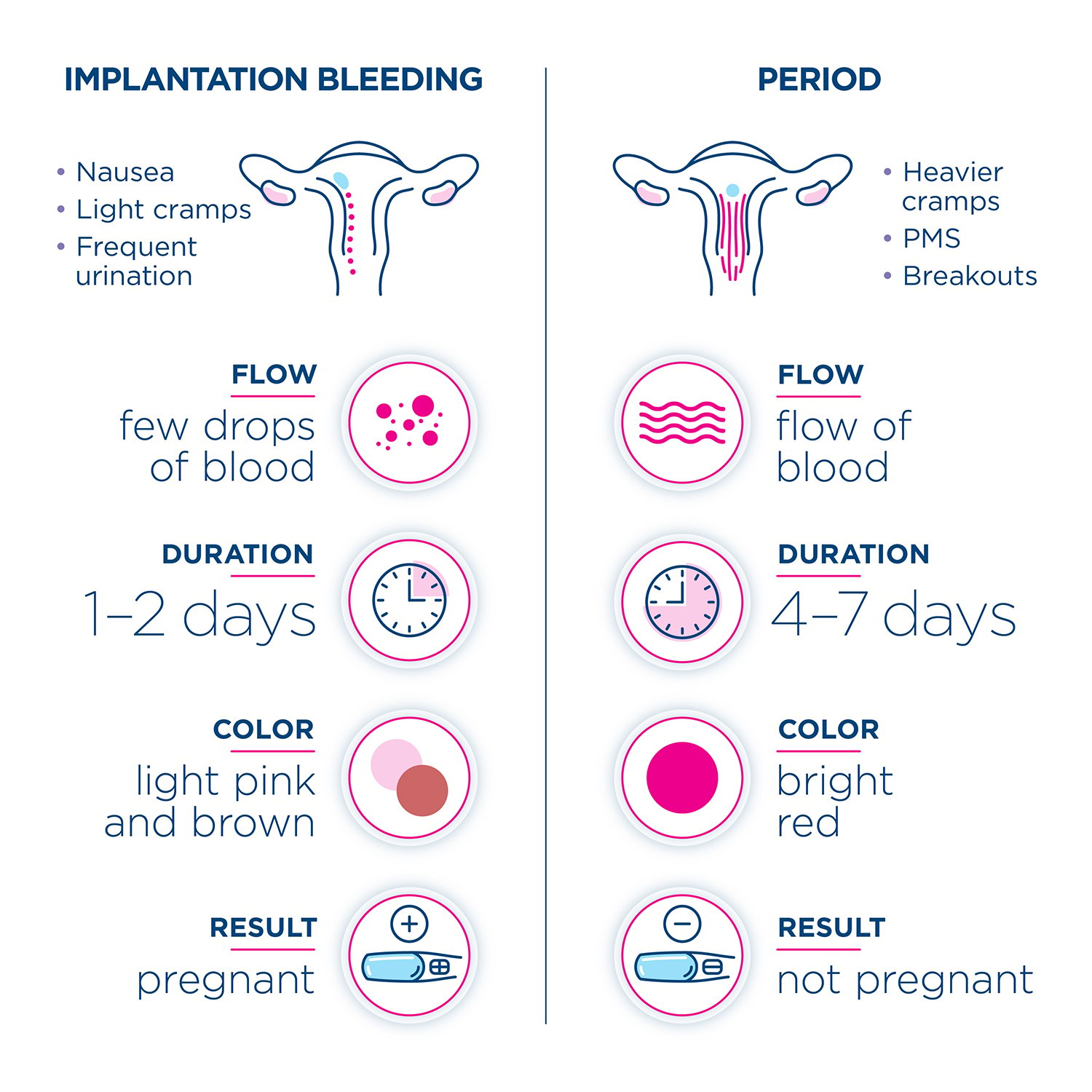
Early Pregnancy Implantation Bleeding: A Comprehensive Guide
Implantation bleeding is a common occurrence during early pregnancy, affecting up to 30% of women. It occurs when the fertilized egg implants into the lining of the uterus, which can cause light bleeding or spotting. While implantation bleeding is usually harmless, it can be concerning for women who are unaware of its existence. This comprehensive guide will provide an in-depth understanding of early pregnancy implantation bleeding, including its causes, symptoms, and when to seek medical attention.
Causes of Implantation Bleeding
Implantation bleeding occurs when the fertilized egg, known as a blastocyst, attaches to the uterine lining. As the blastocyst burrows into the lining, it can cause small blood vessels to rupture, resulting in light bleeding or spotting. This process typically occurs 10-14 days after ovulation and can last for a few hours to a few days.
Symptoms of Implantation Bleeding
Implantation bleeding is typically characterized by light vaginal bleeding or spotting that is pink or brown in color. It is often accompanied by mild cramping or lower back pain. The bleeding is usually lighter than a menstrual period and may only last for a few hours or days.
Differentiating Implantation Bleeding from Menstruation
Implantation bleeding can be easily mistaken for menstruation, especially if it occurs around the expected time of a period. However, there are some key differences between the two:
- Timing: Implantation bleeding typically occurs 10-14 days after ovulation, while menstruation occurs about 14 days after ovulation.
- Duration: Implantation bleeding usually lasts for a few hours to a few days, while menstruation typically lasts for 4-7 days.
- Color: Implantation bleeding is often pink or brown in color, while menstrual blood is typically red.
- Flow: Implantation bleeding is usually light and may only require a panty liner, while menstrual bleeding is typically heavier and may require a pad or tampon.
When to Seek Medical Attention
While implantation bleeding is usually harmless, it is important to seek medical attention if you experience any of the following symptoms:
- Heavy bleeding that soaks through a pad or tampon in an hour
- Bleeding that lasts for more than a few days
- Severe cramping or pain
- Fever or chills
- Signs of infection, such as foul-smelling vaginal discharge or pain during urination
These symptoms could indicate an underlying medical condition, such as a miscarriage or ectopic pregnancy, which requires prompt medical attention.
Treatment for Implantation Bleeding
Implantation bleeding typically does not require treatment. However, if the bleeding is heavy or persistent, your doctor may recommend using a panty liner or pad to absorb the blood. Over-the-counter pain relievers, such as ibuprofen or acetaminophen, can also be used to relieve cramping.
Preventing Implantation Bleeding
There is no way to prevent implantation bleeding, as it is a natural part of the pregnancy process. However, some women may find that certain lifestyle factors can reduce the risk of heavy bleeding, such as:
- Maintaining a healthy weight
- Exercising regularly
- Eating a balanced diet
- Avoiding smoking and alcohol
Conclusion
Early pregnancy implantation bleeding is a common occurrence that affects many women. While it is usually harmless, it is important to be aware of its symptoms and when to seek medical attention. By understanding the causes, symptoms, and treatment options for implantation bleeding, women can feel more confident and informed during this early stage of pregnancy.